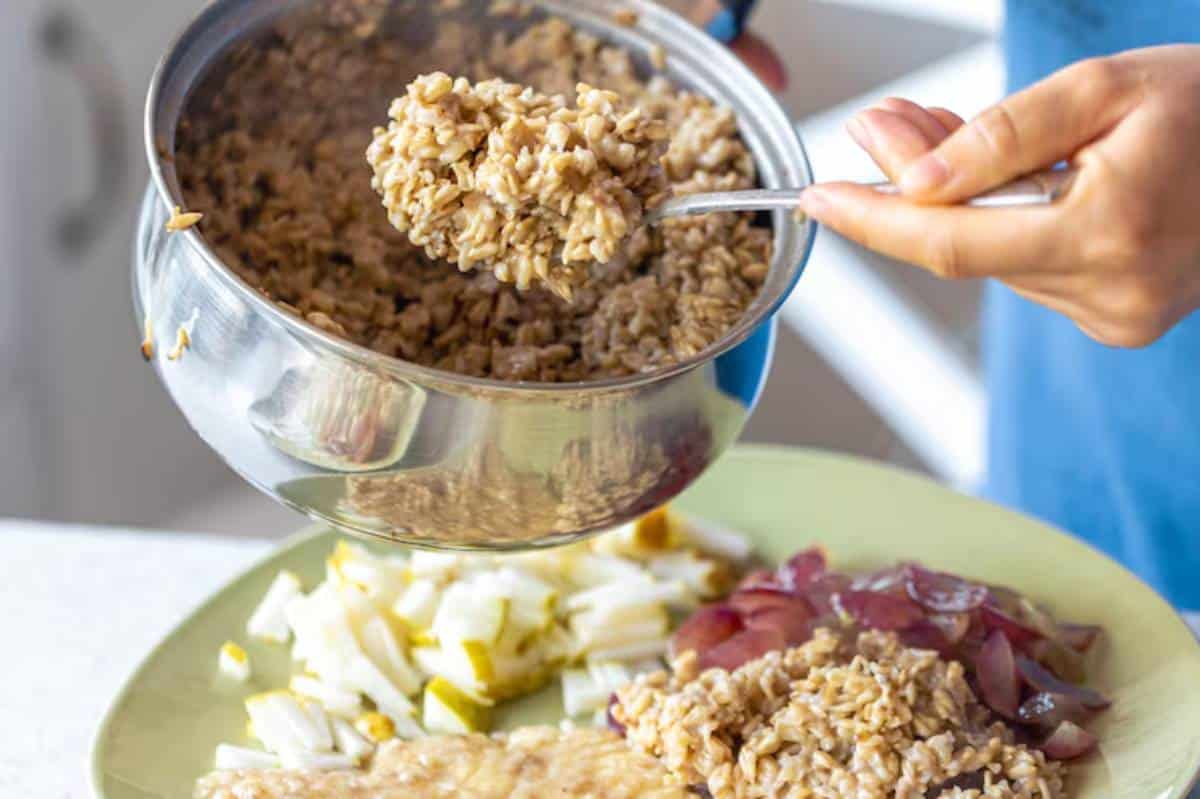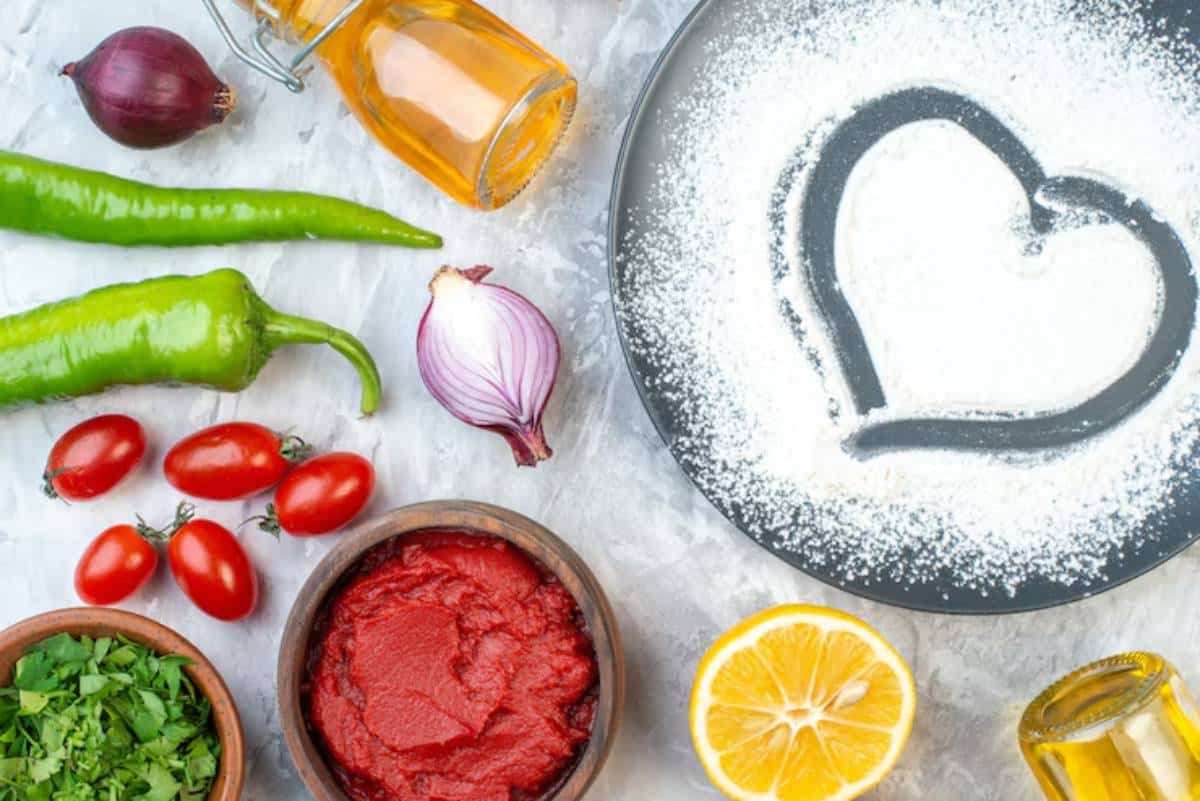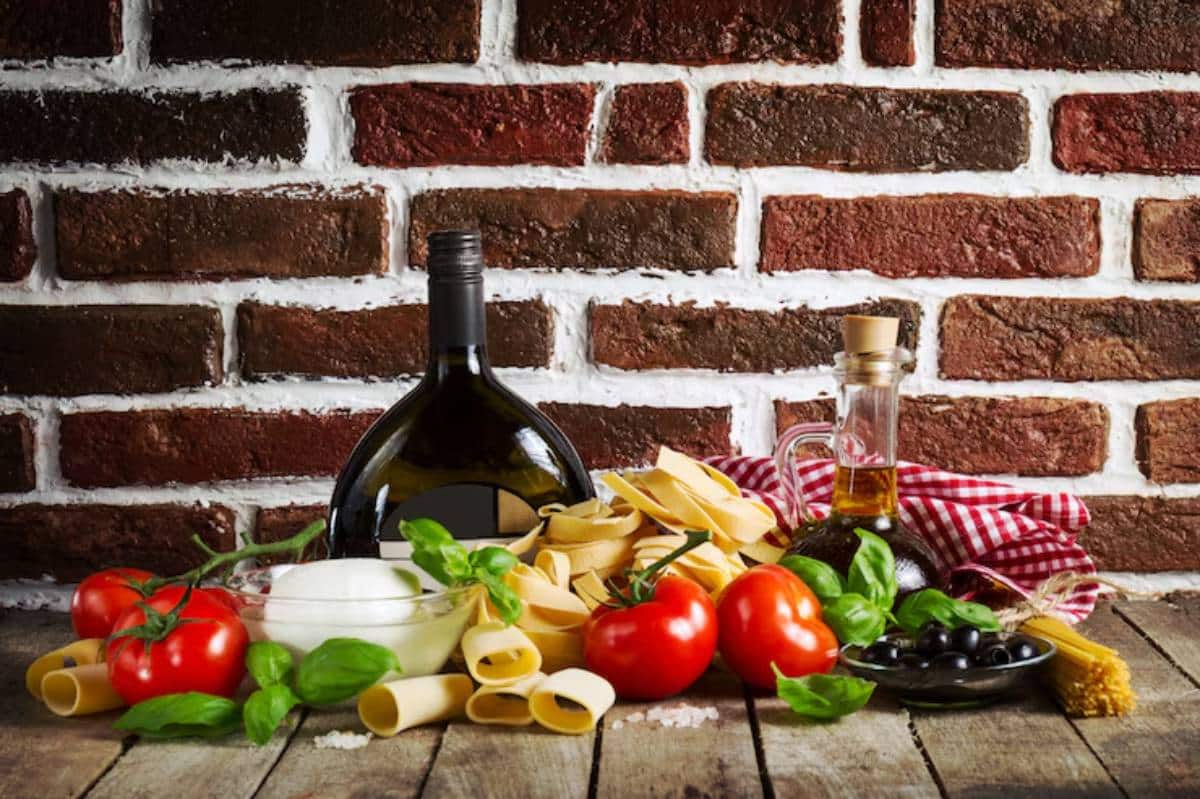
How to Choose the Right Olive Oil for Cooking & Finishing
From sautéing vegetables to drizzling over a warm grain bowl, olive oil plays a central role in Mediterranean-style cooking—and beyond. But with so many varieties lining the shelves, it’s easy to feel overwhelmed. Should you cook with extra virgin? Is that fancy bottle just for finishing? And what even is a “finishing oil”?
Understanding how to choose the right olive oil for cooking and finishing can make or break a dish. It affects flavour, nutrition, and even safety. This guide breaks it all down with real-life examples, flavour tips, and clear steps to help you shop smarter and cook with confidence.
Understanding the Core: Olive Oil Basics Explained
What Is Olive Oil, Really?
Olive oil is a natural juice extracted from pressed olives. The type and quality depend on the processing method:
- Extra Virgin Olive Oil (EVOO): Made without heat or chemicals. It’s rich in antioxidants, has low acidity, and boasts bold, fruity flavours.
- Virgin Olive Oil: Slightly lower quality than EVOO, but still minimally processed.
- Pure or Light Olive Oil: Refined oils blended with a small amount of virgin oil. Lighter in flavour, not calories.
- Pomace Oil: Extracted with solvents from the olive pulp; often used in bulk cooking.
Flavour vs. Function
There’s a difference between cooking oil and finishing oil:
- Cooking oil must tolerate heat, so smoke point and stability matter.
- Finishing oil should offer a bold aroma and taste, used raw or added at the end.
Why It Matters
Using the wrong type can:
- Waste flavour: Delicate oils lose nuance when heated
- Affect health: Some oils degrade at high heat
- Change texture: Different oils emulsify or fry differently
Pro tip: Store oil away from heat and light to preserve nutrients
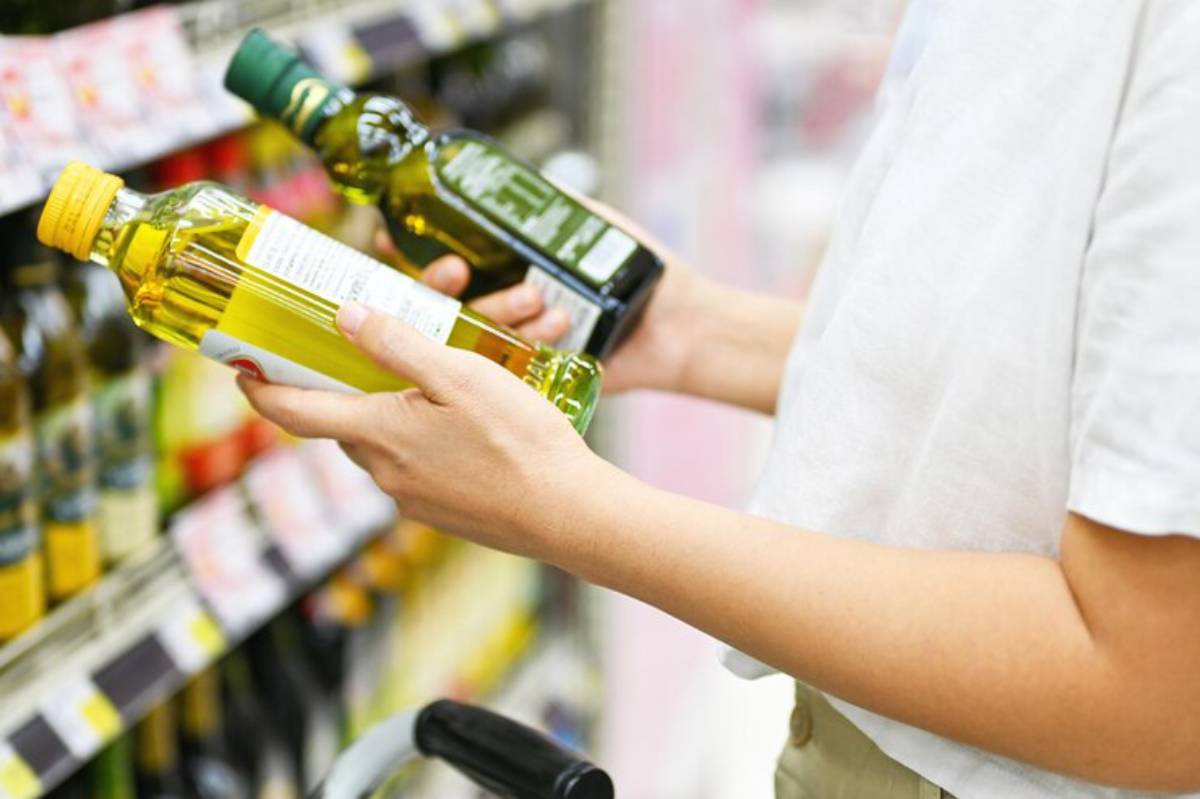
Quick Guide: Choosing the Right Olive Oil
Here’s a practical reference to keep on your fridge or phone:
| Use | Best Oil Type | Key Qualities |
|---|---|---|
| High-heat cooking (frying, roasting) | Pure/light olive oil | Neutral, high smoke point (~230°C) |
| Medium-heat (sautéing, baking) | Virgin olive oil | Mild flavour, stable under heat |
| Low-heat or finishing | Extra virgin olive oil | Full flavour, rich colour, healthful |
| Cold dishes (salads, dips) | Premium EVOO | Bold taste, fragrant, unfiltered |
Important: Don’t reuse olive oil more than once or twice for frying
Step-by-Step: How to Practise Smart Olive Oil Selection
1. Identify the Purpose First
Ask yourself:
- Will I heat this oil?
- Do I want flavour or function?
Tip: Use refined olive oil for bulk cooking; save your best EVOO for drizzling.
2. Read the Label Carefully
Look for:
- Harvest date (fresher = better)
- Origin (single-origin oils often taste more distinct)
- Acidity level (under 0.8% = high-quality EVOO)
- Certifications (PDO, PGI, organic, COOC)
3. Check the Packaging
- Choose dark glass or tins over clear plastic
- Avoid oils stored in direct light or heat
- Avoid “light” in flavour unless a neutral taste is desired
4. Match Oil to Dish
Examples:
- Roasted aubergine → Virgin oil
- Fresh tomato salad → Cold-pressed EVOO
- Baking focaccia → Mild virgin oil
- Pasta dressing → EVOO with peppery notes
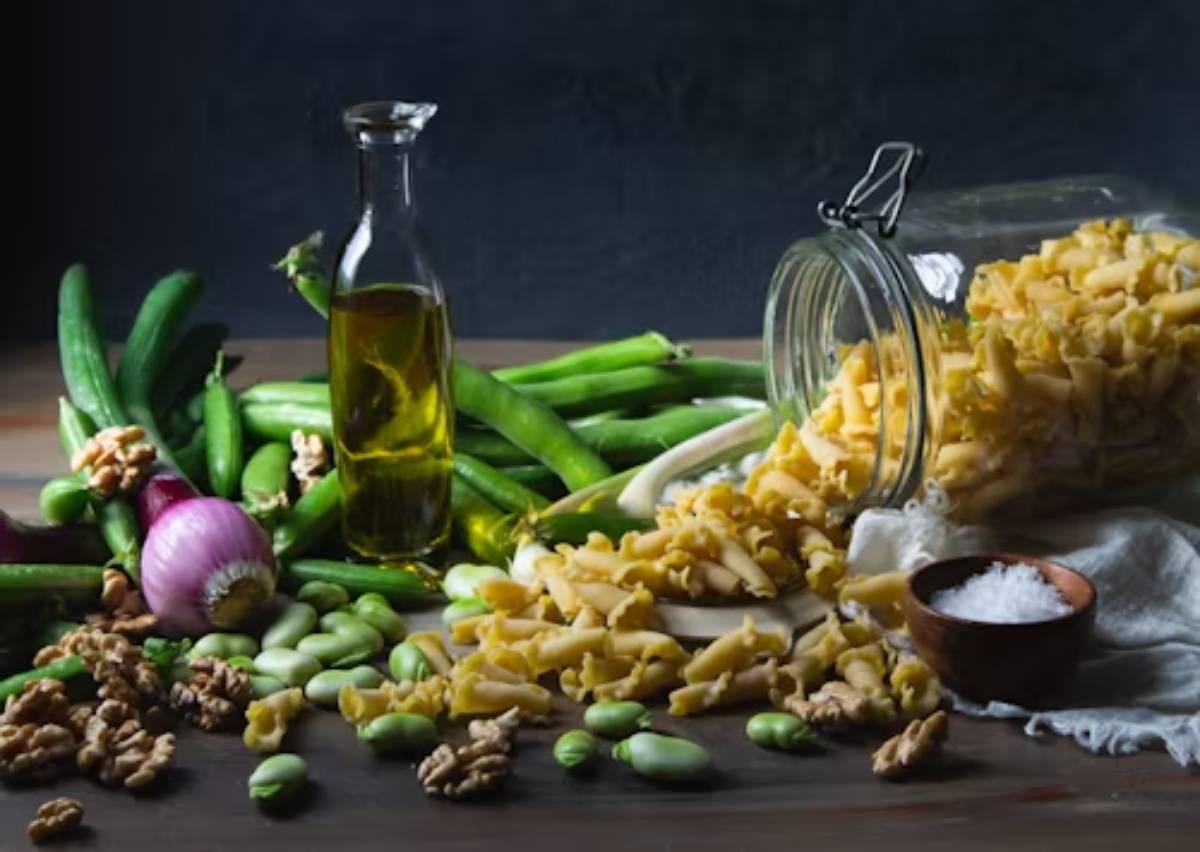
Make olive oil a daily habit with these simple tips
- Drizzle, don’t drown: A tablespoon or two goes a long way. Use a pour spout or teaspoon to control quantity.
- Use it raw: Finish grain bowls, soups, and eggs with a swirl of EVOO for instant richness and aroma.
- Blend into dressings: Mix EVOO with lemon juice, Dijon mustard, garlic, and herbs for a perfect all-purpose vinaigrette.
- Upgrade snacks: Brush whole grain toast or pita with olive oil, sprinkle with za’atar or sea salt, and bake for a crisp snack.
- Swap it in: Replace butter in sautéing, roasting, or even baking with a mild virgin or light olive oil.
- Toss before roasting: Coat chopped veg (like carrots, courgettes, and peppers) in olive oil before placing in the oven.
Why it works: Integrating olive oil into your routine adds flavour, boosts healthy fat intake, and mimics the balance of Mediterranean meals, without needing a full recipe overhaul.
Best Practices & Additional Insights
Know Your Smoke Points
| Oil Type | Smoke Point |
| Extra Virgin | ~190°C |
| Virgin | ~210°C |
| Light/Pure | ~230°C |
Cooking beyond the smoke point can cause off-flavours and reduce nutritional quality.
Pair Like a Sommelier
Think of EVOO like wine. Match intensity:
- Delicate oil → raw veg, white fish
- Robust oil → grilled meat, hearty stews
- Spicy or bitter oil → bitter greens or bread dips
Try Tasting Flights
Host a tasting at home with:
- Fresh bread
- Raw tomatoes
- Sliced apple or cucumber
Note bitterness, pungency, and fruitiness.
FAQs
Q: What’s the healthiest olive oil?
A: Extra virgin olive oil is highest in antioxidants and healthy fats. Use it raw or gently heated.
Q: Can I fry with extra virgin olive oil?
A: Technically yes—but it’s not ideal. The flavour fades, and the smoke point is lower than refined oils.
Q: Is “light” olive oil lower in calories?
A: No. “Light” refers to taste, not fat content. All olive oils contain around 120 calories per tablespoon.
Q: How long does olive oil last?
A: Unopened: up to 18 months. Opened: best used within 2–3 months. Store cool and dark place.
Conclusion
Olive oil is more than a cooking fat—it’s the soul of the Mediterranean kitchen. Choosing the best olive oil for cooking and knowing when to use finishing oil vs cooking oil can lift your meals from simple to sublime.
Now that you know the difference, explore your local shop or online supplier and pick up a bottle (or two) that suits your needs.
